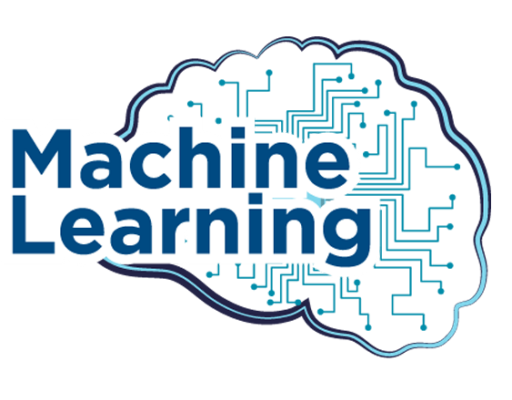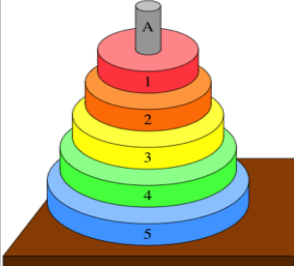Binary Cross Entropy also referred to as Log Loss, assumes a central role in scenarios where the classification task is binary in nature. In such instances, the model’s prediction pertains to one of two possible classes. Certainly, let’s delve deeper into the detailed uses of Binary Cross Entropy in various real-world applications:



